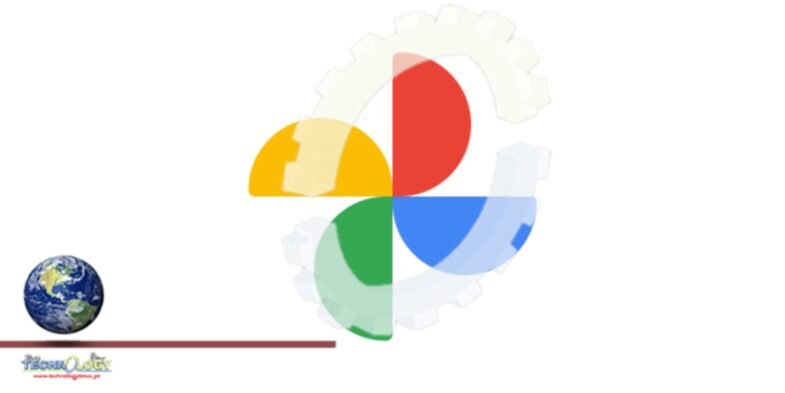Many photo management apps on Android devices have an option to lock certain photos behind a PIN or fingerprint, but Google has been slow to implement such a feature in its own products. Google Photos finally added a Locked Folder feature earlier this year, but it was initially exclusive to Pixel phones, and now it’s rolling out more widely.

Android Police reports (via 9to5Google) that the Lock Folder feature is starting to appear on more Android devices in the Google Photos app. The Lock Folder option doesn’t appear to be live on my Galaxy S21, but Android Police has spotted it on a Galaxy A52, while 9to5Google noticed it on various Oppo, OnePlus, and Samsung phones. You can check if you have it by tapping the Library tab in Photos, then selecting the Utilities page.
Photos and videos moved to the Locked Folder can only be accessed with a fingerprint (or your device’s PIN), and they are not accessible to other apps on your phone. Most importantly, they are not backed up to the cloud — if you lose your phone, or forget to back up the Locked Folder before a wipe, you lose access to those photos and/or videos.
Locked Folder rolled out to Pixel phones in June of this year, and the Google Camera was also updated to save photos and videos in the Locked Folder by pressing the folder button. It’s not clear if other device manufacturers will add similar integration with Locked Folder in Google Photos (or if Google will even allow that to happen).
Google has rolled out many other features for Photos in recent months, including automatic event memories, new widgets on Android, a new shortcut to quickly open the Screenshots folder, and new frame styles for the Memories widget.
The service automatically analyzes photos, identifying various visual features and subjects. Users can search for anything in photos, with the service returning results from three major categories: People, Places, and Things. The computer vision of Google Photos recognizes faces (not only those of humans, but pets as well), grouping similar ones together (this feature is only available in certain countries due to privacy laws); geographic landmarks (such as the Eiffel Tower); and subject matter, including birthdays, buildings, animals, food, and more.
Different forms of machine learning in the Photos service allow recognition of photo contents, automatically generate albums, animate similar photos into quick videos, surface past memories at significant times, and improve the quality of photos and videos. In May 2017, Google announced several updates to Google Photos, including reminders for and suggested sharing of photos, shared photo libraries between two users, and physical albums. Photos automatically suggested collections based on face, location, trip, or other distinction.
Source: xda-developers